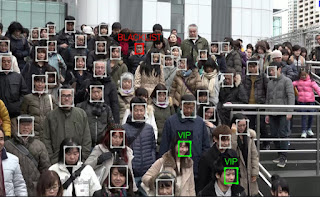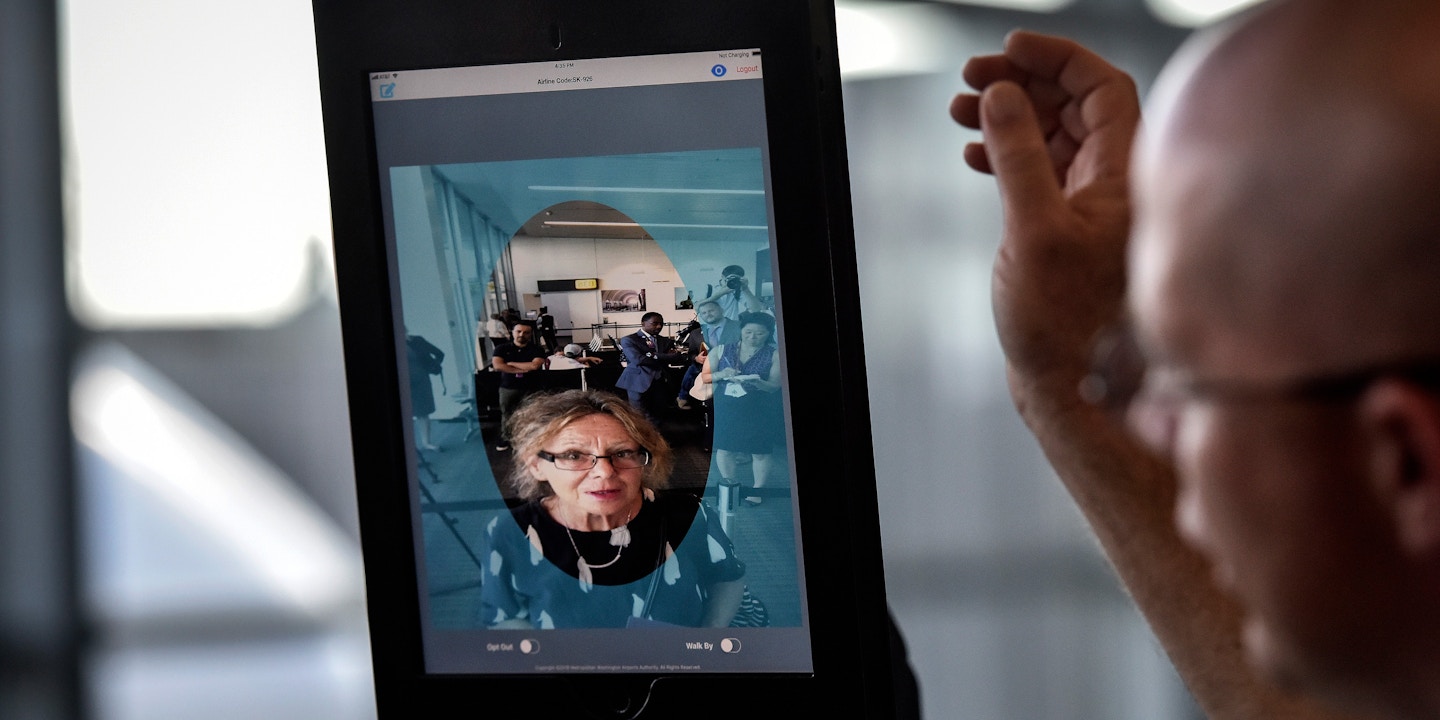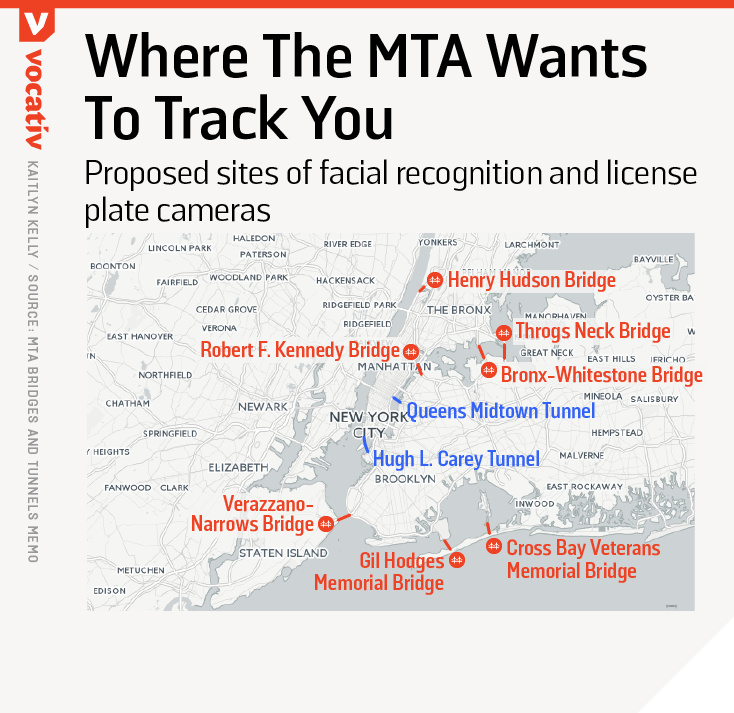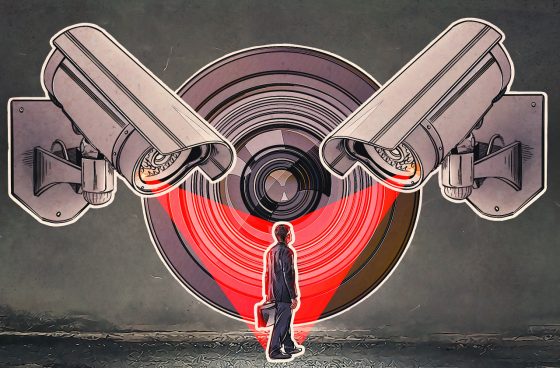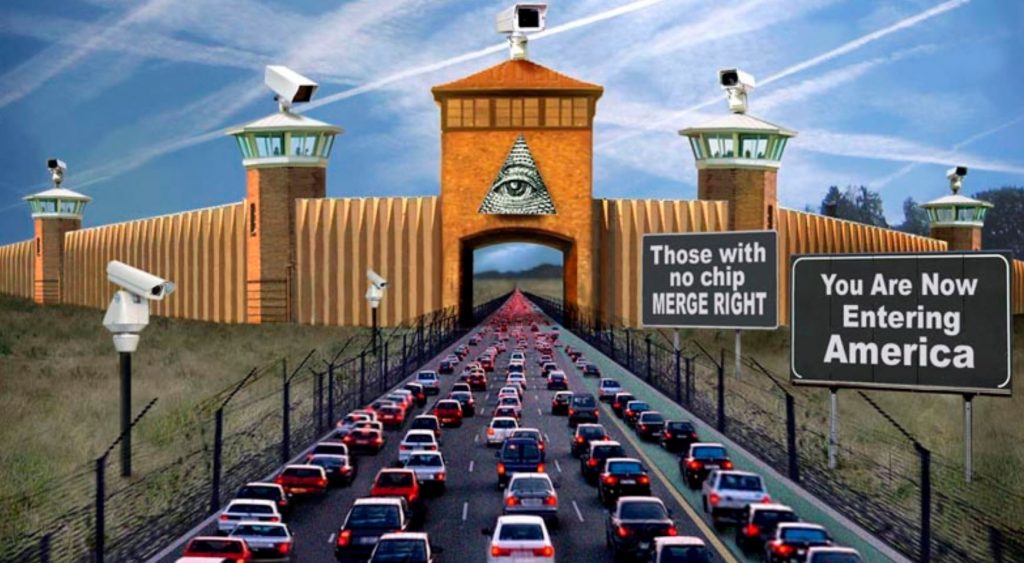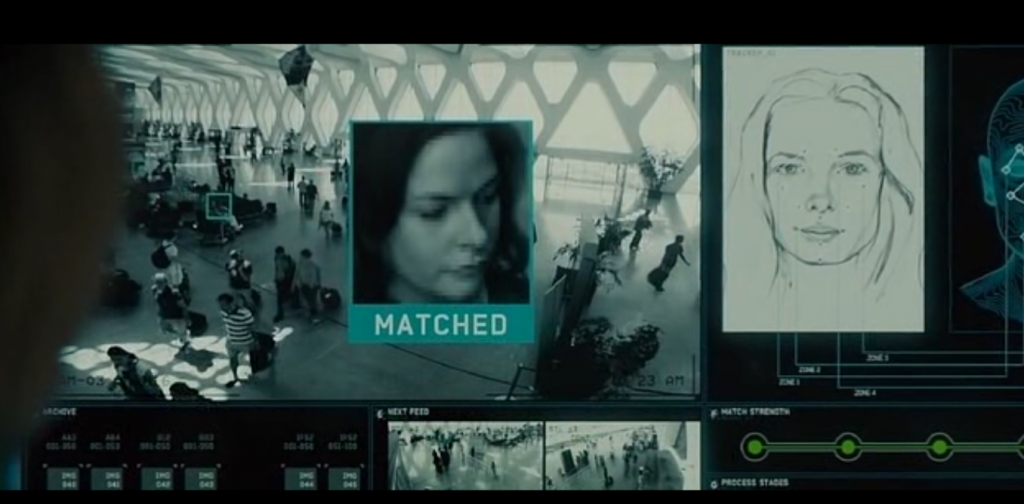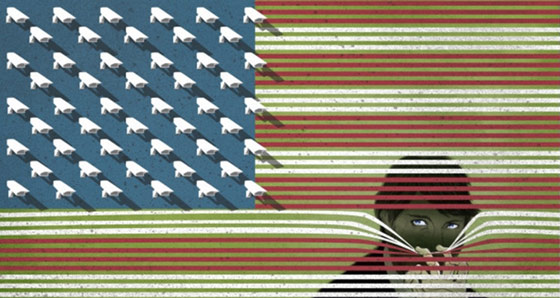Earlier this year, I reported that Amazon’s spying Ring doorbells are being installed everywhere and how everyone’s privacy is at stake.
But a recent CNN article revealed that Amazon wants to turn homeowners’ doorbells into facial recognition devices using their Rekogntion software.
An Amazon patent application which was made public on the United States Patent and Trademark Office website, describes how a network of cameras could work together with facial recognition technology to identify people.
Amazon also wants homeowners to create their “own” private database of suspicious people, effectively creating private watchlist networks.
The application describes creating a database of suspicious persons. Unwanted visitors would be added to the list when a homeowner tags them as not authorized. Other people could be added to the database because they are a convicted felon or registered sex offender, according to the application. Residents may also alert neighbors of a suspicious person’s presence.
Because who doesn’t want to create a private watchlist of your friends and neighbors?
Amazon is not the only company that wants you to spy on your neighbors.
Nest Hello is Google’s facial recognition doorbell that can identify anyone and store their images to the cloud. Homeowners are required to sign up for a Nest Aware subscription that ranges anywhere from $5.00 to $30.00 a month.
Arlo Audio Doorbell, August’s Doorbell Cam Pro, Skybell and Netatmo are also profiting from turning neighbors into government spies.
Earlier this year an article in the Orlando Sentinel revealed that police have created a private neighborhood network of 10,000 spying doorbells.
Orlando Police are hoping further access to the network of about 10,000 Ring users in Orlando will help the department solve burglaries, mail thefts and other crimes.
…click on the above link to read the rest of the article…



